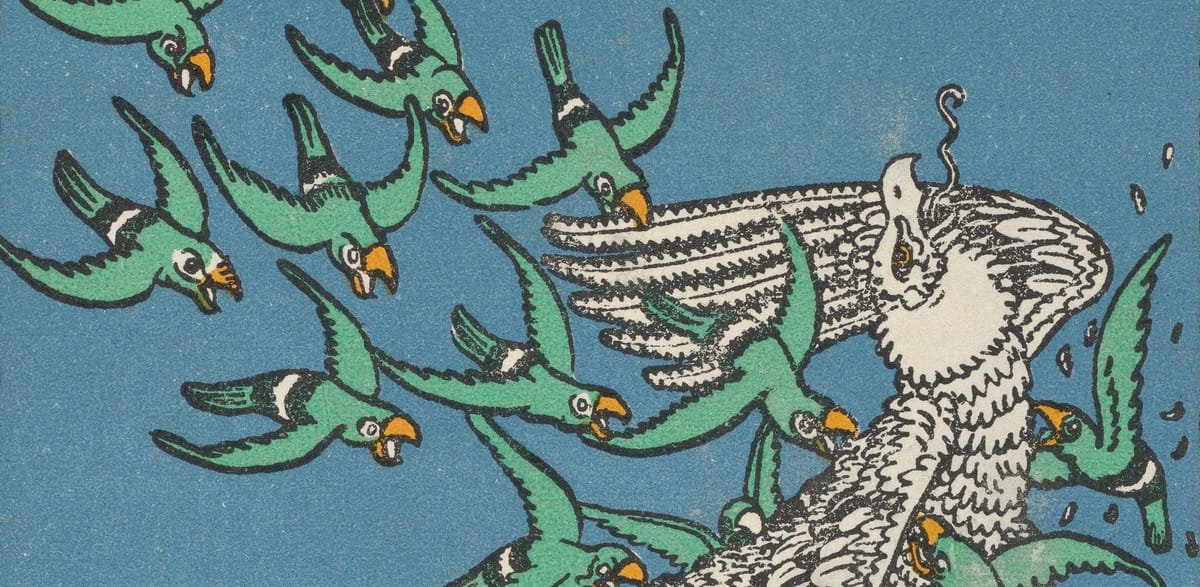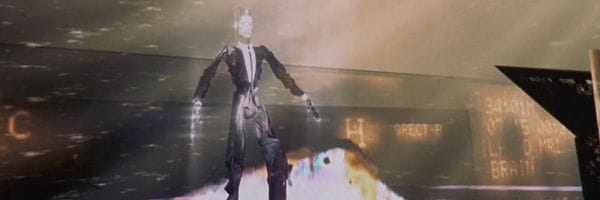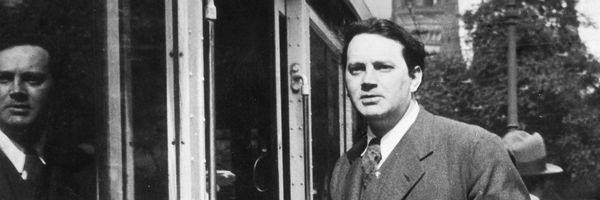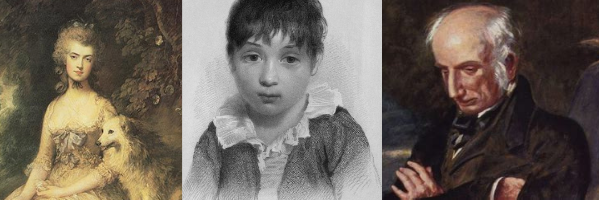Week 3: Dystopian Anxiety

One reasonable thought with anything new is: how might this ruin absolutely everything? We are focusing on the 2010s, but looking back to some cyberpunk predecessors, the genre is centrally dystopian. In cyberpunk, though, the technology is often a secondary factor in the anxiety: high-end technology expands economic inequality, it accelerates commercialization through more immersive forms, military cybernetics introduce new variations of post-traumatic stress, etc. Early cyberpunk was speculating far ahead technologically, and in many cases, the point was more that advances in technology would merely provide a shiny facade over growing problems. This line of critique was great for fiction, because you get all the pleasure of an exciting high-tech thrill ride – hackers hurtling through cyberspace or a shootout with an android in a dense city street – while also delving below the appeal of that newness.
In contrast, Super Sad True Love Story (2010) and The Circle (2013) both emerge from the boom of smartphones and social media. There is nothing figurative about the technologies here. The works are taking that new technological-social development and playing it out to a terrifyingly possible conclusion we can imagine as one or two small updates away.
With Frankenstein, Mary Shelley was working within the framework of the Gothic novel, a genre which already had instances of terror based in the supernatural. What Shelley did in giving her work a scientific basis was make more plausible the horrific possibility of reassembling stolen body parts to reanimate into a extraordinarily large humanoid creature. A reader in the 18th century recognizing a ghost as a mere fiction has no reason to imagine descriptions of haunting in a novel as something which might suddenly become possible in the 19th century. Replacing supernatural explanation with science allows a reader to entertain the fancy that somewhere out there, we are truly at risk of a mad scientist unleashing a newly real horror upon the world.
For these early 2010s stories of dystopian anxiety, the monster has already been unleashed and is probably within reach of the average reader. This is an extremely potent model, but what exactly is our monster here?
Frankenstein's Otter
In Gary Shteyngart's Super Sad True Love Story, the world is in tension between the infantile and the educated. This is the love story between narrator #1, middle-aged Lenny Abramov, who is markedly uncool and clings to his offensively old-fashioned physical book collection, and narrator #2, the exceedingly young Eunice Park, who has a socially healthy obsession with all the newest material goods (not books! see-through Onionskin jeans!) and posts her thoughts on the social network GlobalTeens. Eunice enjoys the challenge of reinvigorating stuffy, old Lenny with new styles and ways of life, and Lenny wants to embrace as much youthful energy as he can because he has recently committed himself to the goal of never dying, a biotech fantasy which is always grounded in the Burkean dilemma of ensuring stable social continuity over time.
On GlobalTeens, Eunice is "Euni-tard" and her younger sister is "Grillbitch," reflecting the sort of irreverence they are expected to demonstrate as teens. Their attitude may be in rebellion against the world of their parents, but is ultimately corporate and government friendly within their American context.
Eunice, unusually sympathetic for her generation toward the written word (even as she participates in making fun of Lenny's books), writes in the format "Long-Form Standard English Text" on GlobalTeens. The platform repeatedly prompts her: "GLOBALTEENS SUPER HINT: Switch to Images today! Less words = more fun!!!" Meanwhile, America as the American Restoration Authority (ARA) has also devolved into a form recognizable from the then-recent (2006) film Idiocracy. Official government signs say things such as "Together We'll Repare This Bridge" or "America Celebrates It's Spenders." Lenny is a rare hold-out of loving reading. The rest of America is moving quickly into a post-literate society.

Most social, professional, and even official government business is managed through äppäräts, Shteyngart's word in the novel for smartphones. The name is a constant visual reminder that the technology comes with a history lost in its day-to-day usage, and that, as Shteyngart is envisioning it here, the device itself part of formal power structures. As Lenny heads back into the country early on, his information is collected through a computer-generated otter, designed to speak and present itself as a friend. This cute face is meant to obscure the surveillance state and the policies being enforced. Lenny spends much of the novel paranoid that the otter misunderstood him saying he hung out with "some Italians" as instead "Somalians." This governmental approach to data collection runs in parallel to the corporate model, which in the novel has three recognizable forms:
- The super-casual production of frictionless venting on platforms such as GlobalTeens
- The excitement of rating others and being rated, and then being algorithmically connected via attractiveness scores
- The health-minded impulse to record all exercise and medical data in exchange for reminders and other useful information
That first form, however – and this is the future generations in the balance here – was far too inefficient for the novel's post-Patriot Act context. The infantile and the educated are in tension. If you already have a largely post-literate society, why might a government seeking to clamp down tighter following civil unrest want to re-introduce reading and writing skills into its population?
In an earlier era, limiting the ability of people to effectively communicate with each other would be a great way to exert control. In the hyperconnected age, it is not just about people communicating with each other, but how they communicate with machines and how the machines communicate with each other. Whether or not you imagine the youth's hypermedia communication as effective, the problem for the government is that it is harder to surveil. Text is much easier to store, process, and search. GlobalTeens is telling kids, "Less words = more fun!!!" As the political value of searchable text goes up, this needs forceful correction.
The most interesting vision in Super Sad True Love Story is this dynamic reflected through the novel's two main characters: moves toward the infantile may help lower defenses and get people to open up, but systems trained on older communication models will work best when you also train people to use those older models. The pendulum thus swings back, and the government pushes a return to valuing reading and writing: "To write text is glorious!" Books are made cool again, literacy skyrockets, but freedom plummets.
With Super Sad True Love Story, Gary Shteyngart complicates the more knee-jerk reaction to the novel's smartphones and social media context. Many are quick to think this is all making us dumber, that kids now are worse off intellectually than in the past, that we need to return to that "Long-Form Standard English Text." As this novel envisioned in 2010, in a hyperconnected world of high-tech surveillance and automated systems, such standards might only make things worse.
Frankenstein's Drone Swarm
A few years later with The Circle, Dave Eggers imagines the power dynamics shifting the other way. Yes, the government surveils, but big tech has the better data collection system and also commands the public attention. Through this, a corporate monopoly is able to leverage information and mob power even over elected officials and steadily overtake all facets of life: essential needs, socialization, entertainment, the economy, democracy itself, etc. The Circle is much more closely modeled on George Orwell's 1984: he who controls the information controls reality, including power over your individual will.
Eggers' vision is all about network effects. The more people involved, the more pressure there is for everyone else to get on board (or be destroyed). Things naturally snowball in this context, and all you need is the right initial pitch to get the mass adoption that starts the wave of global pressure. That is where Eggers' protagonist Mae Holland comes in.
Mae is a young woman, newly hired by The Circle, a fictional company which essentially just imagines that Google successfully supplanted Facebook with its 2011 launch of Google+. Even as a low-level employee of The Circle, Mae is expected to make heavy personal use of the social network. As a prototypical and even somewhat reluctant user, Mae is thus able to serve increasingly as a public face of not just the company but the type of person The Circle wishes to create as its subjects for the 21st century. Mae visibly ceding new ground on the social media platform is a powerful ad for others to do the same, creating that necessary first wave of adoption.
Eggers does a good job at many points of depicting hyperconnected dynamics, though the narrow focus of the novel within the company itself allows him some valuable flexibility. Since Mae and all of her coworkers are expected to be deeply immersed in the network, that also means pressure to attend company events arranged through the platform. This creates space for a regular series of traditional social scenes in which characters can circumvent the electronic communication and recording devices through private or semi-private face-to-face conversations. As I introduced in Week 1, gaps in information produce tension which drives traditional narratives, and so the tension between our desire for at least a sliver of privacy with a company seeking to acquire all personal information makes for a compelling narrative so long as you can make room for these occasional gaps.
Where other novels might move to close gaps in information through chance (as mentioned by Cohen) or steady progression of a protagonist (as suggested by Litt), The Circle has this typical narrative underpinning explicitly demonstrated through the company's continually expanding oversight (and thus power). At one point, as a character tries hard to escape the virtual reach of The Circle, the network is physically manifested through a swarm of live-streaming drones.

Where Super Sad True Love Story imagined a monster composed of millions of people surrendering their information to seemingly friendly AI otters, The Circle imagines a monster composed of millions of people reaching out to peers to absorb into their amorphous mass. The mockery of peers and the possibility of being poorly rated were minor concerns in Super Sad True Love Story. The threat was the military weaponization of the networks. With The Circle, we become more directly the weapon which makes non-compliance unlivable. As I suggested last week with Digital Mirrors, it is perhaps less a matter of deciding which is closer to some ultimate truth, and that we should instead recognize different focuses and how those differing concerns produce distinct narratives.
Anxieties in Context
As insightful as both works may be in some ways, those insights are separate from documented examinations of what is actually happening with technology. Both novels, for instance, precede the release of Edward Snowden's documentation of government surveillance in late 2013 and the reveal of Facebook experimenting on controlling emotion through manipulating its news feed in mid-2014. With influential theoretical considerations as well, these novels precede Shoshana Zuboff's work theorizing "surveillance capitalism" starting in 2014 or Safiya Noble's Algorithms of Oppression in 2018. Part of Frankenstein's lasting power was that the "monster" remained an unrealized, malleable fantasy, which could continually be repurposed as imminently possible, such as in the form of a Terminator robot.
Dystopian narratives are speculative, not realistic. Realism typically looks back to the recent past, because so much can be learned about the present over the course of a decade. With the non-fiction work described above, more writers can start to realistically capture the depth of life in this moment where smartphones took off in popularity. Shteyngart and Eggers achieve much in these novels through the possibilities of speculative fiction for probing emerging anxieties, but this one genre is far from exhausting literature's potential for engaging with hyperconnectivity.
Next week, we will turn to three short stories to look at a few different ways writers have approached hyperconnectivity in narrative when working within a more limited scope.
To receive future entries in this free course on Literature & Hyperconnectivity in your inbox each Friday, and to be invited to speak with some of the authors discussed in the course over Zoom, subscribe below for free (be sure to confirm in your email). You will also receive my monthly newsletter. Add your email address here:





